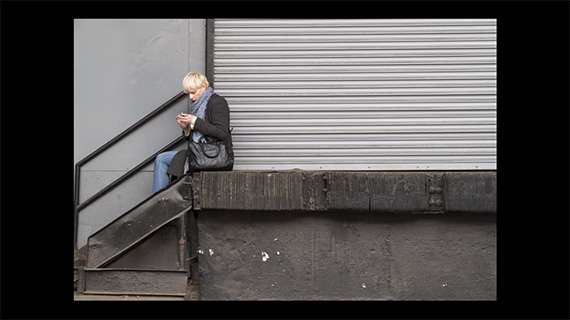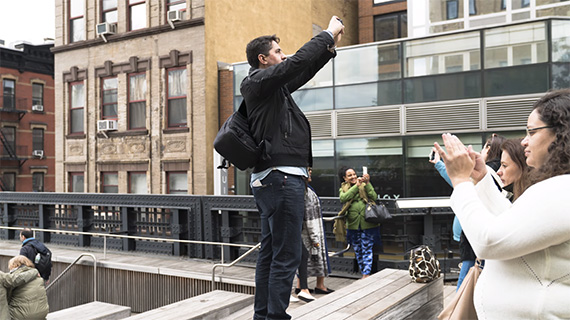Where do you start with street photography? In this video Chelsea Northrup hooks up with well-known National Geographic photographer Ira Block for a street photography session in his hometown, New York City. Block shares his experience, his approach, and techniques for shooting street photography as the two make it through the streets of the Big Apple:
Street Photography Gear
Block has been a Sony artisan and has tons of experience shooting some of the most memorable photos that you may have seen printed in this iconic magazine. Here’s what’s in his bag:
- 70–200mm f/2.8 GM OSS
- 16–35mm f/4 ZA OSS
- a baby tripod
- business cards
He explains that he has been caught on countless times without a tripod. He started carrying this baby tripod two years ago.
Mounted on his camera was a 24–70mm f/2.8 GM.
Seeing is the Key
“I do see differently because I take pictures. I am always looking. The one place where I don’t look so much is here in New York.”
How you see things and decide how to place them in your composition is a major attribute. For a moment which both Northrup and Block captured on their cameras, Block put the subject towards the corner to accentuate the diagonal lines.
“Diagonal lines are critical in all my photos, because diagonal lines really, wake you up when you are looking into an image.”
Block also highlights the importance of using layers in a composition. Something in the foreground and something in the background.
“You can’t be lazy as a photographer.”
A lot of street photographers prefer to zoom in from a distance rather than get closer their subjects. Block advises to zoom in with your feet rather than with your lens. When you do that you may find a different angle or a different perspective that is better than the original.
Another mistake that Block points out is that people don’t use a fast enough shutter speed, especially when shooting people. When shooting people you need to be at 1/250 or even 1/500 of a second. Noise can be removed, but if an image is blurred it cannot be rectified. Plus, if an image is too noisy to print, five years down the line there could be new technology to remove noise that can make the image look great.
“The gear is just a way to make your capturing what you think about easier. At the end it is a tool. It is all about light, composition and moment, what makes up a good photo.”
Like This Article?
Don't Miss The Next One!
Join over 100,000 photographers of all experience levels who receive our free photography tips and articles to stay current:








Leave a Reply